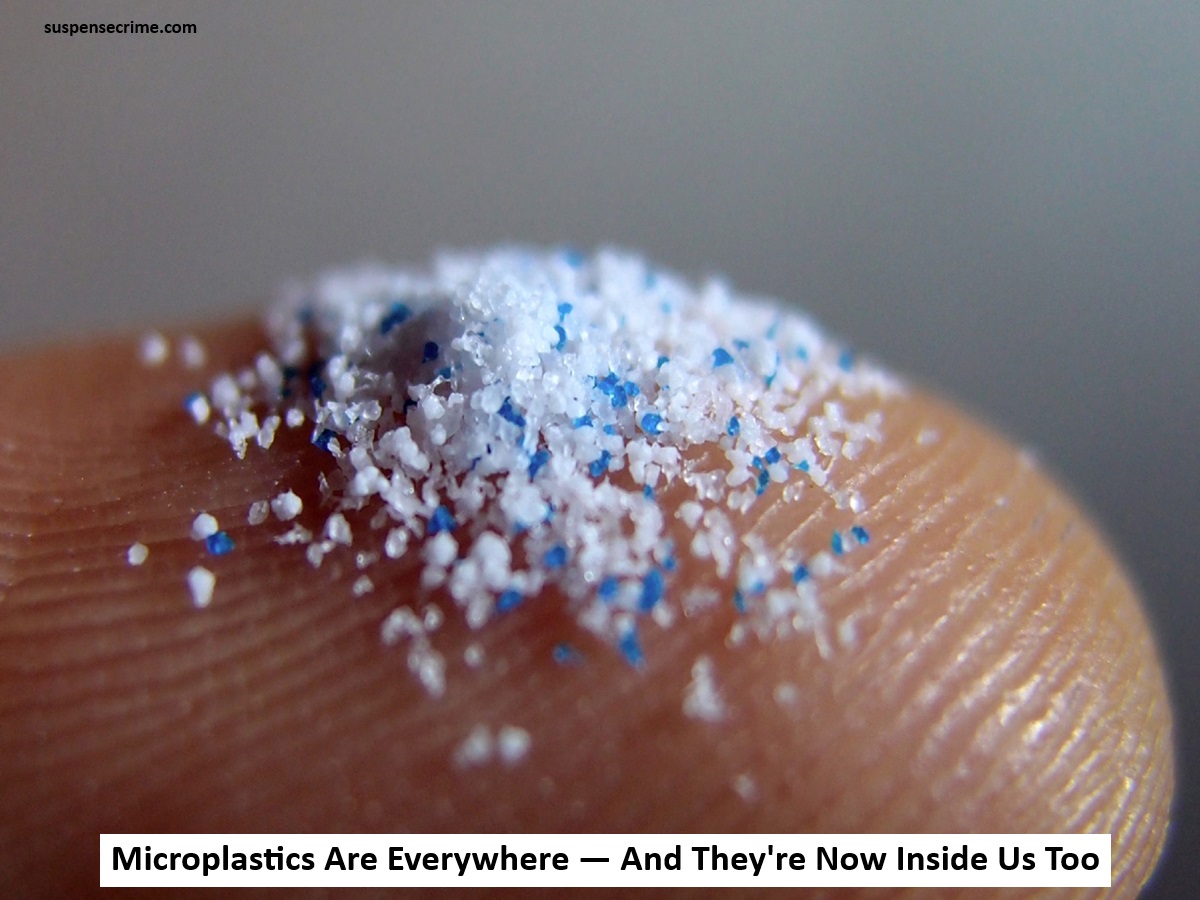
Suspense crime, Digital Desk : Microplastics and nanoplastics are tiny plastic particles that originate from the degradation of various plastic products. These fragments have become a permanent part of our surroundings and even our bodies. Scientists are carefully studying their impact on our health, as they are now found in the air, food, and water we consume.
Richard Thompson, a marine biologist who first coined the term microplastics in 2004, raised a very important point stating, “We’re exposed. It’s in the air we breathe, the water we drink, and the food we eat."
What Are Microplastics and Where Do They Come From?
These are smaller than 5 millimeters and can easily be found in the environment
Nanoplastics are even smaller at under 1 micrometer and are able to access our bloodstream and organs
Microplastics mainly stem from the degradation of larger plastic items like bags, bottles, and packaging. These particles can also occur due to:
Building materials
Cigarette filters and food packaging
Rubber used for vehicles
Agricultural plastics
After being formed, these particles can be found in soil, air and water. Over time, nanoplastics can enter the human body.
How Microplastics Enter the Human Body
We consume microplastics through:
Breathing
Dust
Eating out of packaged/processed food containers
Drinking water from plastic bottles
Contaminated soil-grown vegetables
We do synthetic clothing wearing, use cosmetics with plastic particles, and the list goes on. Microplastic can be found even in mundane chores such as doing laundry and dealing with food wrappers.
What Are the Health Risks?
Microplastics raising concerns for animal studies is correlated with red flags for:
Studies suggest that they might lead to impaired lung and digestive functions as well as weakened immune systems.
Reproductive issues
Particles migrating to the liver and brain organs.
In people, microplastics are tied to:
In humans microplastics cause inflammation, premature births, and cardiovascular risks.
Plastics usually contain harmful chemicals such as:
PFAS, Bisphenol A (BPA), and Phthalates.
These are endocrine disruptors and potential cancer causing substances.
How to Minimize Your Exposure
While it is impossible to avoid microplastics completely, the following suggestions can help mitigate your risk:
Drink from a heated plastic bottle less often
Do not microwave food in plastic containers
Use glass or stainless steel containers for storage
When possible, consume unpackaged fresh food
Regularly clean and vacuum using HEPA filters
Wipe surfaces using a damp cloth
Wear natural fiber clothing like cotton or wool
Synthetic clothing can be prewashed, though it contributes to the plastic water pollution problem
Why Widespread Action Is More Effective
While every step is helpful, more action is needed at a broader systemic level, according to experts. “It shouldn’t all be on the shoulders of the consumer,” said Christy Tyler, an environmental scientist.
Some progress includes:
Bans on microbeads in the US and Europe
Phasing out Styrofoam in certain US states
Treaty in process with 170+ countries aimed to reduce global plastic pollution
“It’s now possible to change public perception. That’s what I think is great,” said Thompson.
Read More: Side Effects Of Consuming Fennel And Ajwain Water Early Morning Revealed By Expert

 Share
Share



